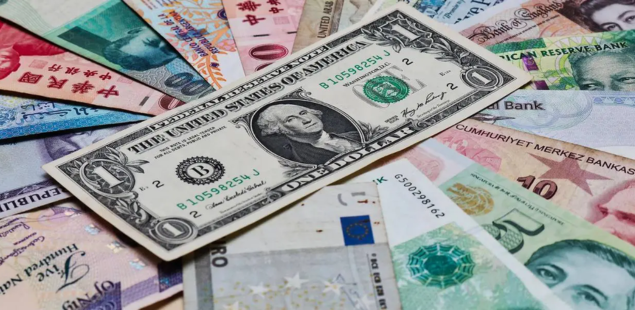In today’s global economy, currency values fluctuate constantly, impacted by various factors such as economic performance, geopolitical events, and market trends. While some currencies soar high, others struggle to maintain value, leading to their classification as the lowest currencies in the world. Let’s delve into the depths of these currencies, understanding their significance, reasons for their low value, and the effects they have on their respective countries.
Introduction to Lowest Currencies
Definition and Importance
Currency value refers to the worth of a nation’s monetary unit in relation to other currencies. It plays a crucial role in international trade, investment, and economic stability.
Factors Affecting Currency Value
Several factors influence a currency’s value, including inflation rates, interest rates, economic performance, political stability, and market speculation.
Top 5 Lowest Currencies in the World
- Iranian Rial (IRR), Iran
- Exchange Rate: 1 USD = 42,000 IRR
- Value in USD: Extremely low due to economic sanctions and inflationary pressures.
- Vietnamese Dong (VND), Vietnam
- Exchange Rate: 1 USD = 23,000 VND
- Value in USD: Depreciated over time, impacted by trade imbalances and foreign investment.
- Indonesian Rupiah (IDR), Indonesia
- Exchange Rate: 1 USD = 14,000 IDR
- Value in USD: Vulnerable to external shocks, including commodity price fluctuations and capital outflows.
- Lao Kip (LAK), Laos
- Exchange Rate: 1 USD = 10,000 LAK
- Value in USD: Limited international demand, leading to a relatively low exchange rate.
- Guinean Franc (GNF), Guinea
- Exchange Rate: 1 USD = 10,000 GNF
- Value in USD: Subject to inflationary pressures and limited foreign exchange reserves.
Also Read: Top 10 Highest Currencies In The World 2024
Reasons for Low Currency Value
Economic Factors
- High inflation rates reduce purchasing power.
- Trade deficits contribute to currency depreciation.
- Limited export diversification affects foreign exchange earnings.
Political Factors
- Political instability leads to investor uncertainty.
- Government policies impact monetary stability and confidence.
Global Market Trends
- Fluctuations in commodity prices affect export revenues.
- Currency speculation and market sentiment influence exchange rates.
Impact of Low Currency Value
Local Economy
- Reduced purchasing power affects consumer spending.
- Costlier imports contribute to inflationary pressures.
- Challenges in attracting foreign investment and capital.
International Trade
- Competitive advantage in export markets due to lower prices.
- Import dependency increases trade deficits.
- Currency devaluation affects trade balance and terms of trade.
Tourism
- Affordable destination for international tourists.
- Increased domestic tourism due to cheaper travel expenses.
- Revenue generation but potential strain on infrastructure.
Efforts to Strengthen Low Currencies
Government Policies
- Monetary measures to control inflation and stabilize exchange rates.
- Structural reforms to improve economic fundamentals.
- Promotion of export-oriented industries and diversification.
International Support
- Financial assistance and loans from international organizations.
- Bilateral and multilateral agreements to enhance economic cooperation.
- Technical assistance for capacity building and economic reforms.
Future Outlook
While challenges persist, countries with low currencies are exploring strategies to enhance economic resilience and attract investment. Long-term sustainability requires a balanced approach to economic management, policy reforms, and global cooperation.
Conclusion
Exploring the lowest currencies in the world reveals complex economic dynamics influenced by internal and external factors. Understanding the reasons behind currency devaluation and its impact on economies is crucial for policymakers, investors, and global stakeholders. Despite challenges, opportunities for growth and development exist, emphasizing the importance of strategic planning and collaborative efforts.
Also Read: Top 10 Richest People In The World 2024

Leave a comment